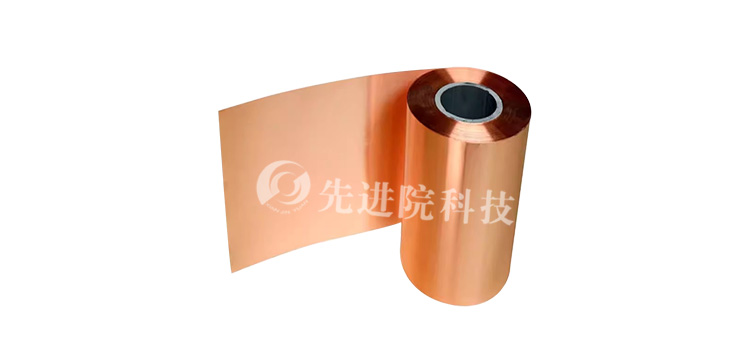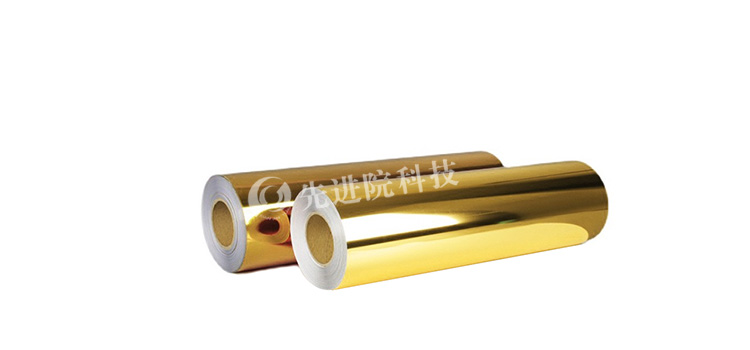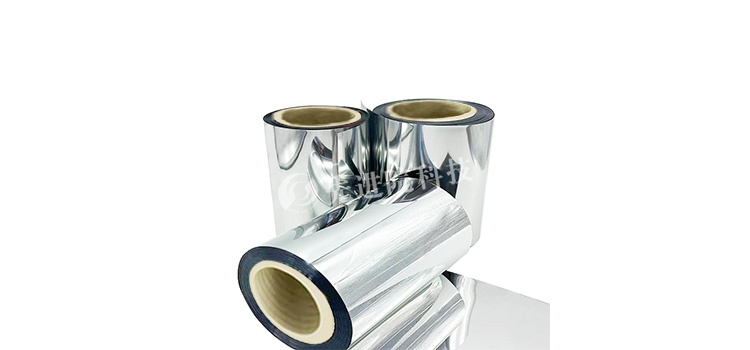

Hotline:0755-22277778
Tel:0755-22277778
Mobile:13826586185(Mr.Duan)
Fax:0755-22277776
E-mail:duanlian@xianjinyuan.cn
1. Electroplated coatings in electronic applications are used to improve the appearance of parts, provide surface protection, and enhance the physical or chemical properties of part surfaces. Among the numerous elements on the periodic table, only 16 elements can be used for electroplating coatings, and the relevant control requirements are provided by the American Society for Testing and Materials (ASTM), other associations, institutions, and the International Organization for Standardization (ISO);
2. Electroplating tank
a. Composition:
A rectifier or power supply that allows electrons to move from the anode to the cathode through an external circuit;
■ Point atoms called ions, which carry current in solution;
The electrode called the anode is the source of metal ions in the solution, which provides electrons for the internal circuit and is connected to the positive electrode of the rectifier;
The other electrode (plated part) is called the cathode, which is connected to the negative pole of the rectifier, forming a closed circuit;
b. Cathodic reaction: The cathode, also known as the negative electrode, is actually a plated component;
c. Anodic reaction: At the anode, electrons leave the metal electrode, forming metal ions and entering the solution;
d. Cleaning: A typical electroplating process involves several steps, including cleaning, rinsing, and activating the surface of the parts before electroplating.
e. Current distribution: Current density, type of plating solution, and plating time all have an impact on the thickness of the coating;
f. Deposition quality: Pinholes or porosity inside the coating can reduce the quality of deposition, which can be reduced using pulse plating, chemical additives, and multi-layer plating methods;
g. Brush plating: The plating solution is directly brushed onto the parts instead of immersing them in the plating solution;
a. Acidic copper plating: Acidic copper sulfate plating solutions are practical for preparation, operation, and waste liquid treatment. They are used as coatings on printed circuits, electronics, semiconductors, rotary gravure printing, electroplating, decorative products, and plastic products;
b. Cyanide copper plating: Its main advantages are good dispersibility and coverage ability, which can deposit an initial coating with good adhesion on light metal substrates. However, cyanide plating solution is highly toxic, but its safety treatment technology has been established and proven effective;
c. Pyrophosphate copper plating: Compared with the previous two, it requires more control and maintenance, is relatively non-toxic, and is mainly used in electroplating and printed circuits, but the working temperature range should not exceed 43-60 ℃;
d. Other copper plating processes: A non cyanide alkaline copper plating solution is constantly being developed, which can replace cyanide plating solution directly on zinc die-casting bodies and steel. Currently, its use is still relatively limited (fluoroborate copper plating solution);
The nickel plating process is widely used for decoration, engineering, and electroplating purposes worldwide. Nickel plating layers are mostly deposited from aqueous solutions through electrodeposition, and they can also be coated through chemical plating (self catalysis) technology, physical and chemical vapor deposition processes, and thermal spraying methods;
5PI precious metal coatingSome factors to consider when selecting precious metals for specific purposes include contact characteristics, reflectivity, corrosion resistance, weldability, heat resistance, wear resistance, color, and price;
a. Silver: The most concerning issue when using silver plating is ion migration (impact silver plating, wood nickel impact plating, antimony brightener);
b. Rhodium: widely used in the electronic field that requires wear resistance and high temperature stability, usually plated from strong acid solutions;
c. Palladium: Palladium has a low melting point and a density of 12.02/cm3, which is only half its weight compared to a gold plating layer of the same thickness;
d. Gold: It is a relatively expensive coating with low electrical resistivity and no surface oxide formation, providing low surface contact resistance
Precious metals also have some special properties that make them very attractive. Platinum is corrosion-resistant and is often used as an anode in plating solutions containing chlorides. Gold has high reflectivity in the infrared region, and iridium is ideal for protecting refractory metals at high temperatures;
6. PI coating hardness: Knoop hardness and Vickers hardness;
7. Coating properties: When the temperature exceeds 125 ℃, the performance of various electroplating coatings may deteriorate. Through the diffusion of grain boundaries and pores in the coating, the base metal atoms move towards the surface of the coating, exposing these diffused metals and potentially causing oxidation. The oxidized metals will increase the contact resistance of the coating, which may lead to device failure;
8. Pulse plating: Metal coatings are deposited by pulse electrolysis, which can be defined as electroplating with intermittent current. Intermittent current includes applying direct current for a specific time, then reducing the current to zero and maintaining it for another specific time. Unlike using intermittent current (CI) to improve coating performance, pulse plating has a time interval of a few milliseconds, while intermittent current has a time interval of a few seconds;
9PET/PP chemical platingChemical plating is a controlled electrochemical reduction process of metal ions on catalytic surfaces in aqueous solutions. All chemical plating solutions contain the following components: sources of metal ions, reducing agents, chelating agents, reaction inhibitors, and stabilizers. Some precious metals can also be chemically plated, including silver, gold, palladium, and platinum;
10. PP/PET tin and tin alloy coatings: The most common non precious metal coatings on electronic components are pure tin and tin alloys. Intermetallic compounds (IMC) are defined as alloys formed between brazing materials and metalization, typically consisting of three types of solderable coatings (fusible, fusible, and non fusible)
11. Environmental factors for storage: surface oxidation and oxygen penetration into the substrate can affect the formation of intermetallic compounds.
a. Tin whiskers: Hair like crystals that spontaneously grow from the surface of solid tin plating. They can grow up to a diameter of 1um and a length of 5mm. Research has found that nickel based coatings can prevent whisker growth.
Factors affecting weldability of plating solution: high current density, organic pollutants, suspended particles, low metal concentration, thin coating;
The well-known correct electroplating operation: the coating should have sufficient thickness to provide a good diffusion barrier layer, maintain the cleanliness of the plating solution (filter the plating solution to remove all particles in the plating solution), adopt good cleaning and activation pre plating steps, monitor all plating solution components and operating conditions to obtain high-quality coatings;
■ Replacement of lead;
b. Lead free coating: Various tin alloys can be used for the coating of electronic components instead of tin lead alloys. The reported coating includes tin zinc, tin nickel, tin cadmium, tin cobalt, tin bismuth, and tin copper, or pure tin electroplating.

Advanced Institute (Shenzhen) Technology Co., Ltd, © two thousand and twenty-onewww.avanzado.cn. All rights reservedGuangdong ICP No. 2021051947-1 © two thousand and twenty-onewww.xianjinyuan.cn. All rights reservedGuangdong ICP No. 2021051947-2